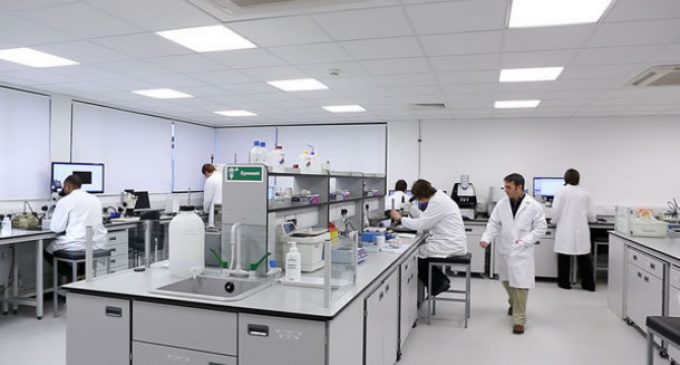RSSL Supports Industry With Microplastic Contamination

Findings that many bottled waters contain microplastics have recently hit the headlines. According to news sources, such as the BBC, researchers at State University of New York in Fredonia found microplastic particles in nearly all of 250 bottled waters bought in nine different countries. On average, each litre contained more than 10 particles bigger than 100 microns, and more than 300 particles smaller than 100 microns. Although the tests did not confirm all the sub 100 micron particles as plastic, those bigger than 100 microns were confirmed by infrared spectroscopy.
 There is currently no standard legislation for limiting microplastics in bottled waters, nor agreed procedures for testing, but methods already used to detect sub-visible particles in pharmaceuticals may prove key to addressing this issue. According to the UK’s leading, independent research laboratory, Reading Scientific Services Ltd (RSSL) there are steps the bottled water industry can take to assess microplastics in products. “We can quantify microplastic particles in water down to 10 microns and above,” notes Alex Webb, RSSL Microscopy Laboratory Manager. “We can then identify the type of microplastic using a variety of techniques and compare the particles with the reference materials to confirm if they have come from the original bottle.”
There is currently no standard legislation for limiting microplastics in bottled waters, nor agreed procedures for testing, but methods already used to detect sub-visible particles in pharmaceuticals may prove key to addressing this issue. According to the UK’s leading, independent research laboratory, Reading Scientific Services Ltd (RSSL) there are steps the bottled water industry can take to assess microplastics in products. “We can quantify microplastic particles in water down to 10 microns and above,” notes Alex Webb, RSSL Microscopy Laboratory Manager. “We can then identify the type of microplastic using a variety of techniques and compare the particles with the reference materials to confirm if they have come from the original bottle.”
The range of methods are appropriate for the assessment of particles in water, but the same principles might be used to test for particulates in other drinks. However, RSSL advises that a feasibility assessment will be required to assess the suitability of the method for each individual formulation.
RSSL routinely provides services to detect sub-visible and sub-micron particles in pharmaceutical products and it is these methods that have been adapted to analyse water.

































